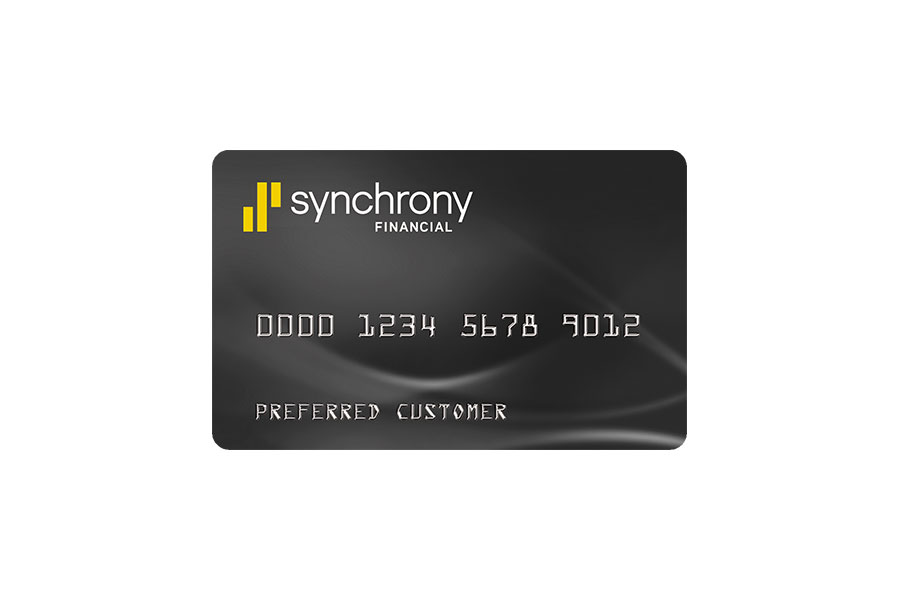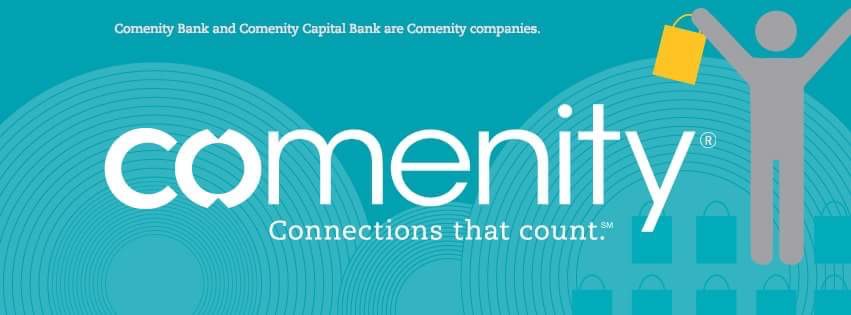Online shopping has made it easier than ever to buy what you want instantly. But with so many payment options, choosing the smartest way to pay isn’t always simple. Two of the most popular choices—Buy Now, Pay Later (BNPL) and credit cards—both promise flexibility, but they work very differently.

This guide breaks down how each option works, what they cost, and how they can affect your finances and credit score. By the end, you’ll know which payment method makes the most sense for your budget and long-term goals.
Quick Comparison: BNPL vs. Credit Cards at a Glance
If you’re deciding between BNPL and a credit card, the differences come down to cost, accessibility, and how they affect your credit score.
| Feature | Buy Now, Pay Later (BNPL) | Credit Cards |
|---|---|---|
| Typical Interest | 0% (promotional) or up to 36% APR | 20–30% APR average |
| Credit Check | Often soft or none | Usually requires good credit |
| Credit Reporting | Limited (some lenders report, others don’t) | Always reported |
| Rewards | Rare | Points, miles, or cashback |
| Fees | Late fees may apply | Late fees, annual fees possible |
| Impact on Credit | Limited but growing | Direct impact on utilization and payment history |
| Best For | Short-term purchases, budgeting | Ongoing spending, rewards, and credit building |
BNPL can help with small purchases or short-term budgeting, while credit cards are better suited for those who want rewards, credit-building potential, and long-term flexibility.
What Is Buy Now, Pay Later (BNPL)?
BNPL lets you split your purchase into smaller, interest-free payments, usually made every two weeks. You get your item upfront and pay it off over a short period instead of all at once.
Common BNPL providers include Affirm, Afterpay, Klarna, and PayPal Pay Later. Some may charge interest or late fees, depending on the plan and your payment history.
BNPL works best for smaller purchases you can comfortably pay off in a few weeks. It can help manage cash flow or handle unexpected expenses without using a credit card.
What Are Credit Cards?
Credit cards give you access to a revolving line of credit that you can use repeatedly, as long as you stay within your limit. You can pay your balance in full each month to avoid interest or carry it over and pay interest on the remaining balance.
Most credit cards come with statement cycles, minimum payment requirements, and rewards programs. They’re widely accepted and often provide added benefits such as fraud protection, purchase insurance, and travel perks.
Credit cards remain a preferred choice for those who want to build their credit score, earn rewards, and have flexible payment options.
Costs & Fees: Which Option Is Cheaper
When comparing BNPL and credit cards, it helps to look closely at what each one actually costs. The differences can add up fast, especially if you miss payments or carry a balance.
| Expense Type | BNPL | Credit Card |
|---|---|---|
| Interest (average) | 0%–36% APR depending on provider | 20%–30% APR average |
| Late Payment Fee | $5–$15 | $25–$40 |
| Annual Fee | None | $0–$550 depending on card |
| Returned Payment Fee | Yes, varies | Yes, varies |
| Foreign Transaction Fees | Rare | Often 3% |
BNPL plans can seem cheaper because many offer 0% interest when you pay on time. However, that only works if you stay current on every installment. Missing payments can trigger late fees or higher rates.
Credit cards can be more expensive if you carry a balance, but they’re predictable and often come with perks that offset the cost—such as cashback or travel points. In short, BNPL works best for short-term purchases that you can repay quickly, while credit cards make more sense for ongoing spending if you can pay your balance in full each month.
Credit Score Impact
How each payment method affects your credit score is one of the biggest differences between BNPL and credit cards.
Most BNPL providers don’t report activity to the credit bureaus. Some, like Affirm and Klarna, have started reporting on-time and missed payments, but this isn’t yet consistent across the industry. That means BNPL usually won’t help you build your credit score—but missed payments can still hurt it if the account is sent to collections.
Credit cards, on the other hand, are reported to the credit bureaus every month. Your credit utilization ratio, payment history, and length of credit history all influence your credit score. Responsible use, such as paying in full and keeping your credit utilization below 30%, can help strengthen your credit profile over time.
If building or improving your credit score is a goal, a credit card is generally the better choice.
Rewards, Perks, and Protections
BNPL services focus on flexibility, but they rarely offer extra perks. Most don’t have reward programs or purchase protections, and disputes can be more difficult to resolve.
Credit cards come with significant advantages beyond convenience:
- Rewards: Many credit cards offer cashback, travel miles, or points for each dollar spent.
- Purchase protection: Most credit cards provide coverage for lost, stolen, or damaged items.
- Fraud liability: Credit cards limit your responsibility for unauthorized charges.
- Travel benefits: Some cards include rental car insurance, airport lounge access, or trip cancellation protection.
These features can make credit cards more appealing for frequent shoppers and travelers who value extra security and long-term value.
Budgeting & Financial Discipline
BNPL can make purchases feel more manageable because it spreads payments into smaller chunks. But that convenience can also encourage overspending. Using multiple BNPL plans at once can make it harder to track what you owe, increasing the risk of missed payments.
Credit cards can be a better tool for disciplined spenders. Paying your balance in full each month avoids interest and helps maintain a strong credit score. But if you only make minimum payments or rely on credit for everyday expenses, debt can build up quickly.
The smarter choice depends on your habits. BNPL can help if you need short-term flexibility and can commit to every payment. Credit cards are better if you have a budget, pay on time, and want the added rewards and protections that come with responsible use.
Approval Requirements & Accessibility
BNPL services are designed to be simple and fast. Most approvals happen instantly at checkout with either a soft credit check or no check at all. Because of that, BNPL options are accessible to shoppers who might not qualify for a traditional credit card.
| Category | BNPL | Credit Cards |
|---|---|---|
| Credit Check | Soft or none | Hard pull |
| Approval Speed | Instant at checkout | Days to weeks |
| Income Verification | Usually not required | Often required |
| Accessibility | Easier for poor or no credit | Harder with bad credit |
BNPL wins when it comes to accessibility, but it doesn’t contribute much to long-term credit growth. Credit cards take more effort to qualify for but reward consistent, responsible use with stronger credit-building potential over time.
When BNPL Makes More Sense
BNPL can be a smart move if you need short-term flexibility and can handle the payments without stress.
- Short-term, interest-free purchases: Works well for small or one-time expenses under $500.
- Budget-friendly structure: Payments are predictable and evenly spaced, helping with short-term planning.
- No revolving balance: Once the final payment is made, the purchase is complete—no ongoing debt.
BNPL helps spread out smaller costs, making it easier to manage occasional purchases without dipping into savings or relying on a credit card.
When a Credit Card Makes More Sense
A credit card can be more rewarding and powerful if used responsibly.
- Pay in full each month: Avoids interest charges and helps improve your credit score.
- Build or maintain credit: Regular use and on-time payments strengthen your credit profile.
- Added benefits: Rewards, fraud protection, and travel perks make credit cards ideal for larger or recurring purchases.
Credit cards are the better long-term tool for those who want to build credit, earn rewards, and take advantage of consumer protections.
Potential Risks of Each
Both payment methods come with trade-offs, especially if used carelessly.
- BNPL: Can lead to overspending or juggling multiple small loans that are easy to lose track of. Missed payments may trigger late fees or collection activity.
- Credit cards: Carrying high balances leads to costly interest charges and can lower your credit score through higher utilization.
The key risk for BNPL is hidden debt that builds up in small amounts. For credit cards, the risk is interest accumulation and habitually paying less than the full balance.
Expert Tips for Smart Use of Both
You don’t have to pick one over the other—using both wisely can give you flexibility without hurting your finances.
- Use BNPL only when interest-free: Make sure the offer truly has no hidden charges or deferred interest.
- Treat BNPL as real debt: Keep track of every active plan and ensure payments fit your budget.
- For credit cards: Automate payments, keep balances low, and take advantage of rewards.
- Combine strategically: Use BNPL for small, short-term purchases and a credit card for bigger buys that offer rewards or protections.
Balancing both options can help you stay flexible while still protecting your financial health.
Final Thoughts
BNPL can be an easy way to split smaller purchases into manageable payments, while credit cards are better suited for long-term use, credit growth, and rewards.
If your goal is short-term budgeting without interest, BNPL offers convenience as long as you make every payment on time. But if you want flexibility, credit-building potential, and added perks, a credit card is the stronger option—especially when you pay your balance in full each month.
Ultimately, the best choice depends on how you manage money. If you’re confident in your spending habits and prioritize rewards or credit growth, a credit card gives you more benefits over time. If you prefer predictable payments and want to avoid revolving debt, BNPL can make short-term purchases more manageable.




